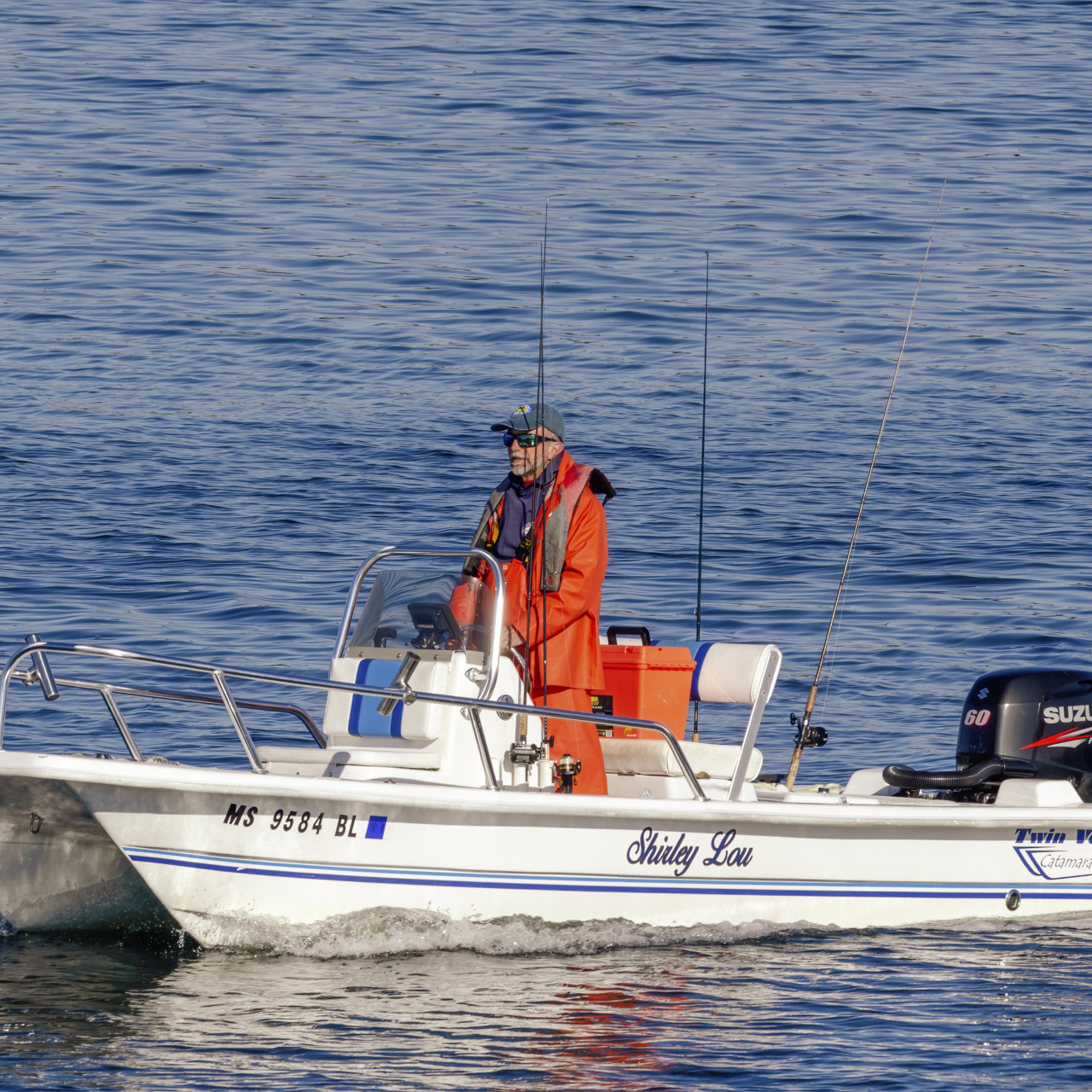
Comparing Catamarans and Monohull Fishing Boats
When power catamarans first broke into the outboard powered fishing boat market, they were a bit of an oddity. They had funny looking styling lines compared to the curvaceous deep-vee monohulls that dominated the center console market. Power catamarans were squarish and clunky. The bow was nearly as wide as the transom which made them look like big floating tissue boxes.
Still, forward-looking builders like World Cat and Twin Vee stuck to their guns, focusing on performance and fishing advantages of twin-hulled powerboats, particularly in rough-water handling. There was no denying that this new category of center console boat excelled in slicing through heavy chop, and their squarish design optimized cockpit room for fishing, storage, and passengers.
Fast forward a couple decades, and it appears that cat builders had the right idea. Power cats have surged in popularity. Many brands boast long waiting lists for new builds. A new breed of cats from builders like Freeman, Invincible, Insetta and others have pushed the limits of size and power - often using a foursome of giant outboards totaling thousands of horsepower. Today’s new power cats also look much sleeker and streamlined, yet they maintain all the advantages found in the multi-hull design.
Are today’s high-performance cats the best option for serious offshore anglers? Are they superior to traditional deep-vee center consoles? After all, monohulls can also be rigged with thousands of horsepower and excel at taking anglers on long runs offshore.
There are advantages to both designs. Rather than questioning which is superior, boaters should look for the option that best suits their activities and preferences. Understanding the strengths and quirks of each boat type and how they align with your fishing and boating lifestyle will ultimately guide your decision
Comparing the Ride of Center Console Boats
Power catamarans use two narrow, steep deadrise hulls — or sponsons — to slice through waves, rather than float over them. For this reason, cats excel at running at speed into steep, closely spaced chop with little impact being transferred to passengers.
In comparison, even well designed deep-vee monohulls will pound over the waves and possibly get some air when faced with these types of extreme conditions. This makes catamarans an excellent choice for anglers who routinely making long runs into heavy chop.
However, cats don’t necessarily outperform monohulls in every type of sea condition. Their wide beam and twin hulls make them very stable platforms at rest, such as when you’re fishing on the anchor. But when drifting or trolling in a steep beam sea (waves approaching the boat from the side), catamarans can experience something called hull slap. As a large swell lifts one side of the boat, the leading hull will eventually fall off the top of the wave, causing a sudden drop and pounding motion. This can be uncomfortable throughout a long day of fishing.
Power cats also turn differently than typical monohulls. If you’re used to the ride of deep-vee monohulls, you know that the hull typically leans into a sharp turn, in the same way a motorcycle does on land.
A catamaran’s twin hull rides like it’s on rails. The occupants are pushed in the opposite direction of a sharp turn, much like making a hard turn in a car. This isn’t necessarily better or worse - just different. It takes some getting used to.
Another drawback of early catamarans was a phenomenon called sneezing. When running at speed and coming down off a large wave, the air pressure that's created between the hulls can force a mist of water to shoot out in front of the boat. Passengers can get wet as the boat drives through this ejected spray. Today’s new cat designs have largely mitigated this problem, but sneezing can still occur in certain conditions.

Comparing Power and Performance
One of the biggest differences between cats and monohulls is the requirement for at least two engines on a catamaran. For smaller deep-vee boats up to 26 feet or so, you could use a single 300 or 350 hp outboard. A cat of the same size might be powered by twin 150 or 200 hp engines.
Two engines can mean added cost and maintenance but comes with the benefit of redundancy in case of technical issues. As boats overall trend towards more power, this is becoming less of a distinction. You’re just as likely to see twin or triple engines on today’s monohulls, as well.
It used to be a common conception that monohulls, with their lifting strakes, stepped hulls and other performance-enhancing features, ruled the waves when it came to top-end performance. This distinction is now being blurred with the increasing application of mind-blowing horsepower on today’s cats.
One important advantage of a power cat’s widely spaced outboards is superior close quarters maneuvering. Throw in joystick control like that provided by Dometic Optimus 360, and it’s possible to dock these monster cats much like parking a car.
Interior Space, Layout, and Storage
Power cats, especially those that carry most of their beam all the way forward, provide an impressive amount of interior space. This can be an obvious advantage for those who like to fish with a large crew, or those who enjoy tackle-intensive offshore techniques such as kite fishing. The ability to move around and fish from any spot on the boat is important to many offshore anglers.
While the layout is usually wide open and provides maximum fishing space, the power cat design does limit storage capacity. The fact that there’s nothing but air and water below much of the deck dictates design features such as below deck storage, step-down head compartments, and under deck live bait systems. Don't forget to think through your storage options when you find a boat you want to buy.

Choose the center console boat that fits your lifestyle
There isn’t one perfect boat for every lifestyle. What’s important is finding a boat that fits your budget and checks the most boxes for you and the way you like to fish. There’s no doubt that power cats are growing in popularity. Still, traditional monohulls account for about 90% of outboard powered saltwater fishing boat sales.
Get out on the water if possible and test different options for yourself. Think about the things you are and aren’t willing to compromise on. Is storage for your gear and guests a priority? Do you want the maximum amount of room to fish? Are you comfortable maintaining two or more engines? What can you afford? These are just a few of the questions that can help you narrow your search between catamarans and deep-vee monohull fishing boats.

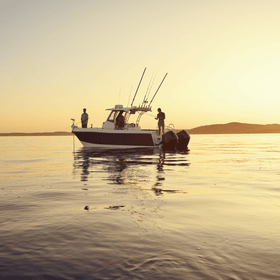
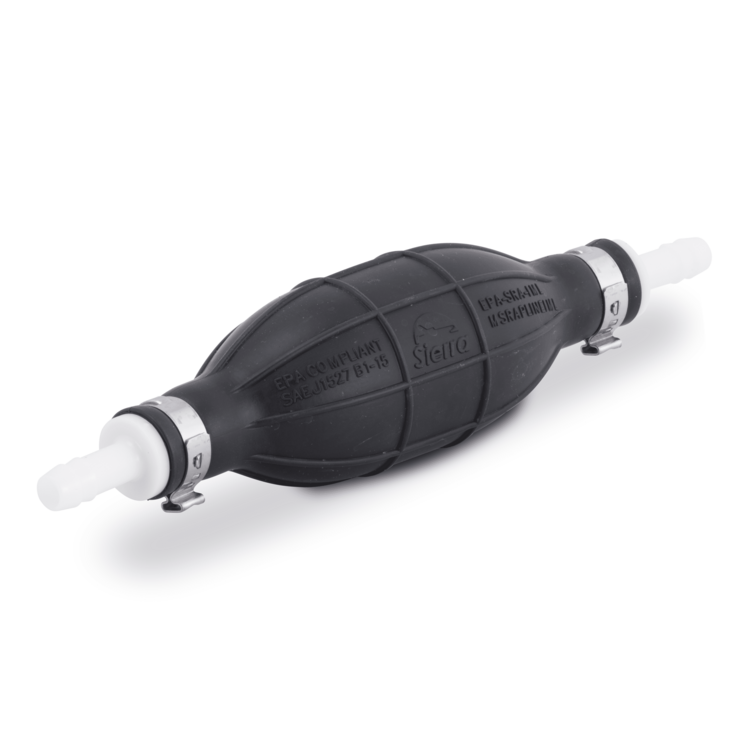

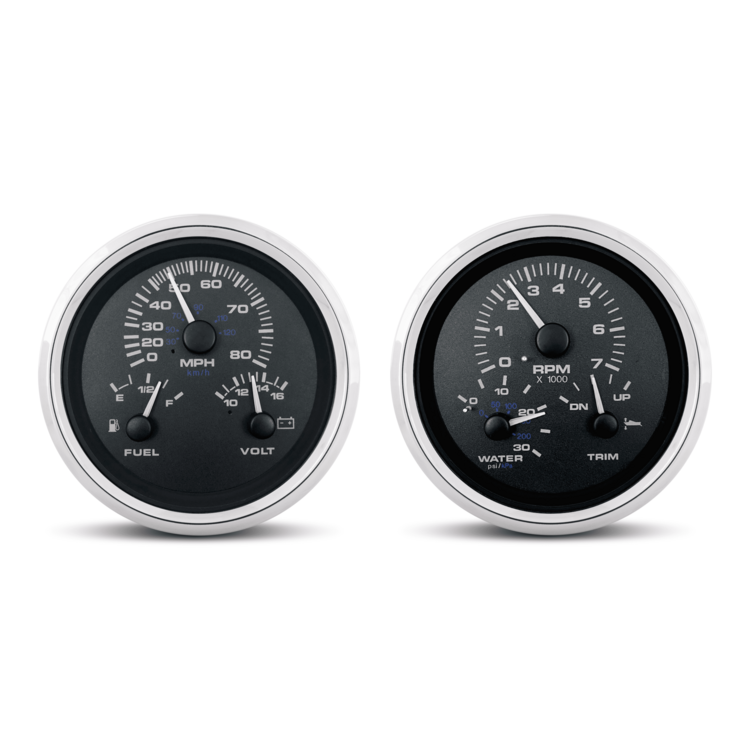
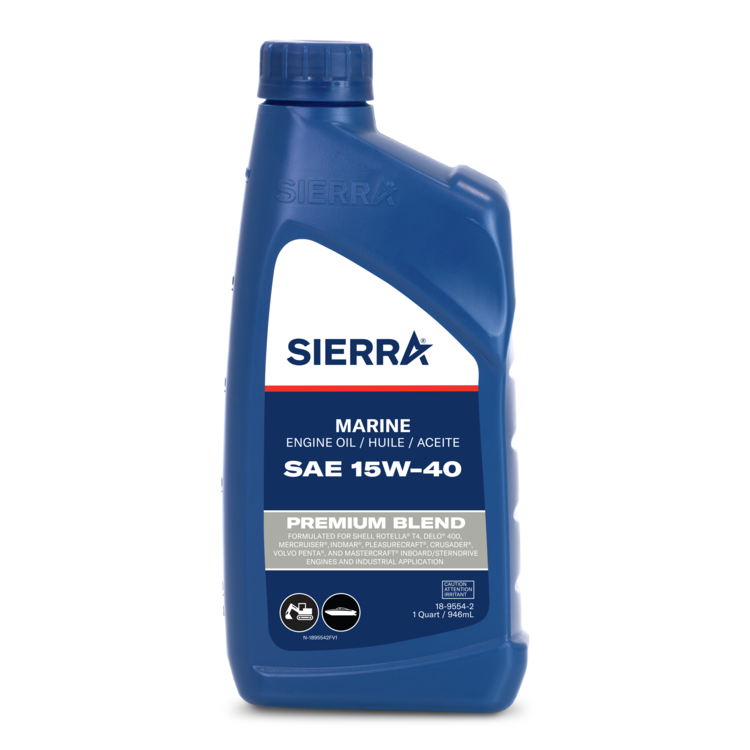
Leave a comment